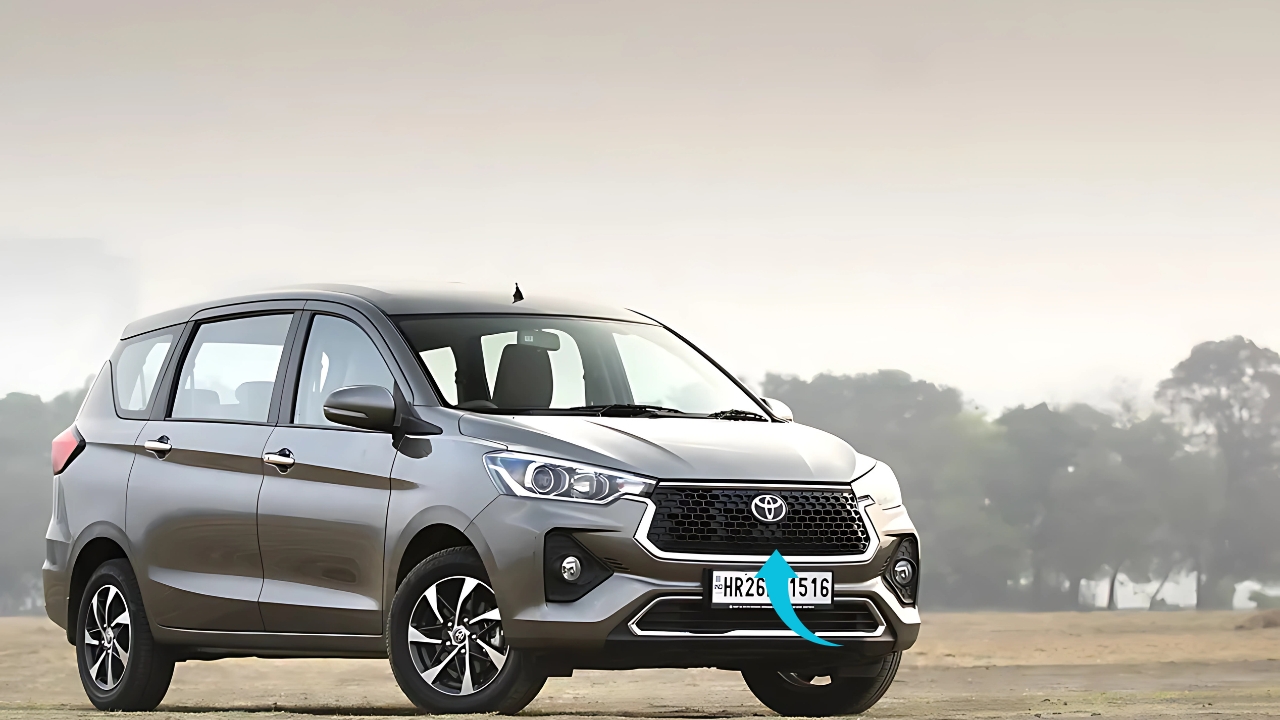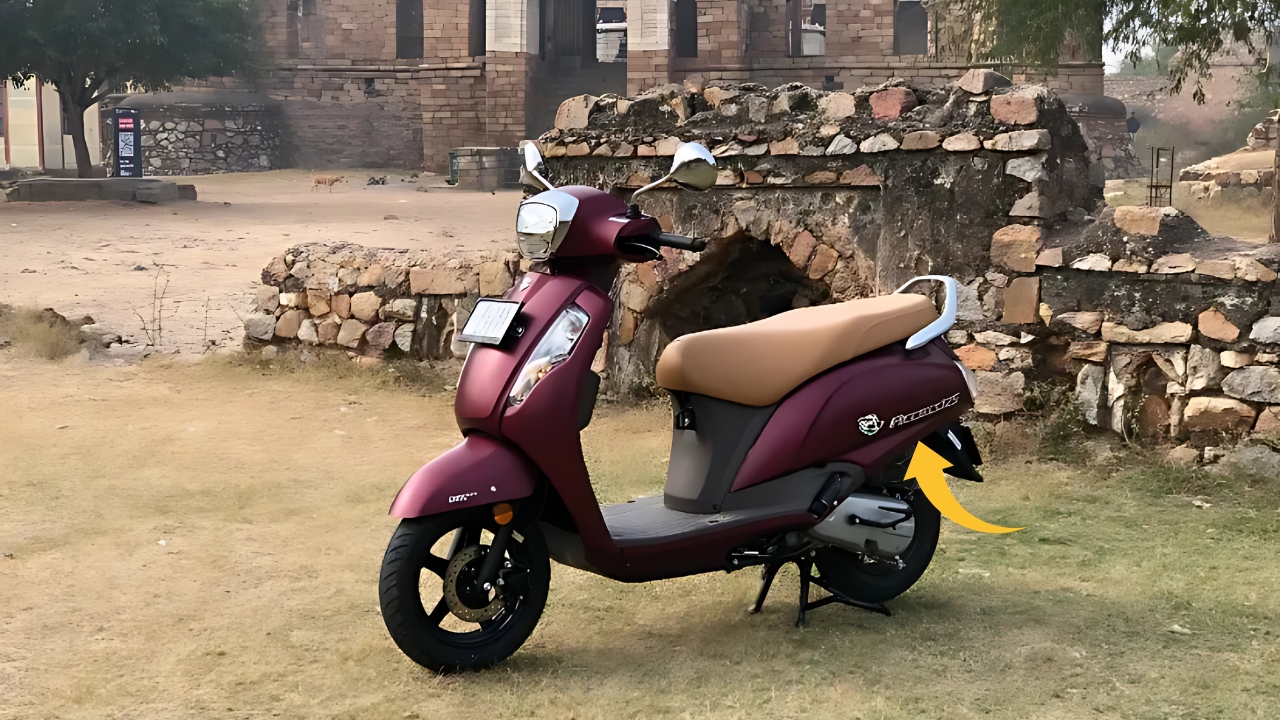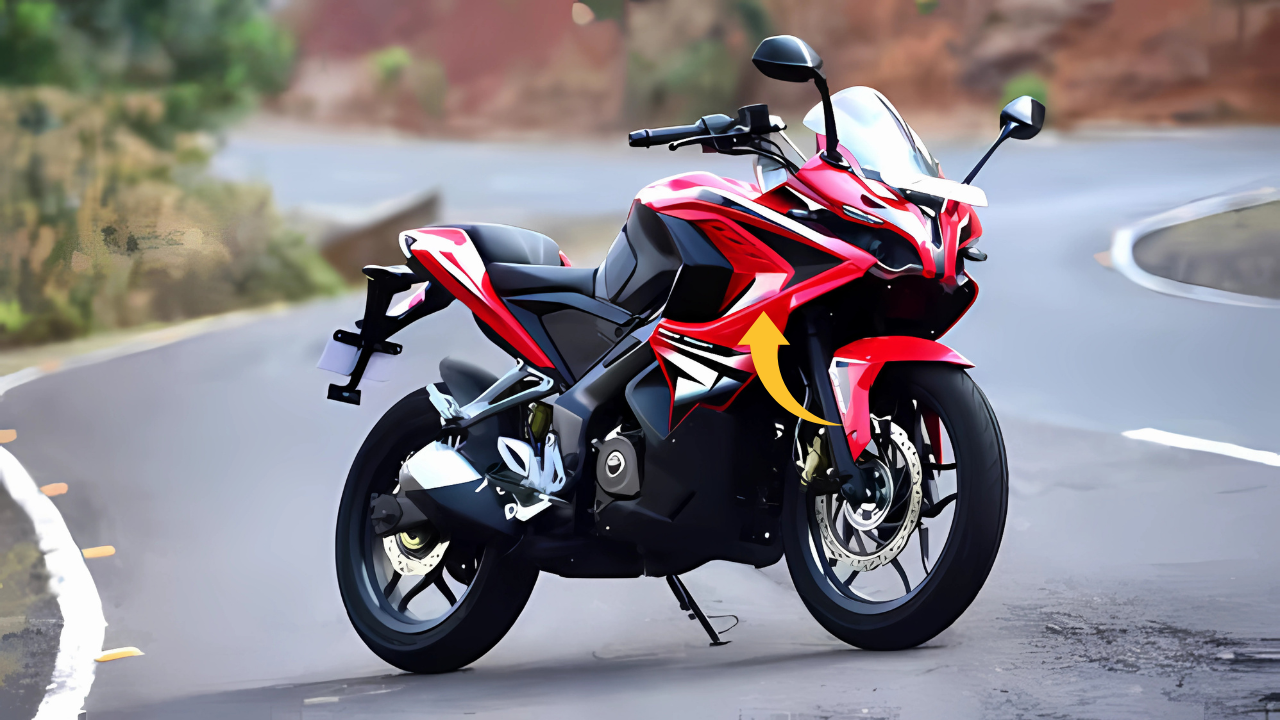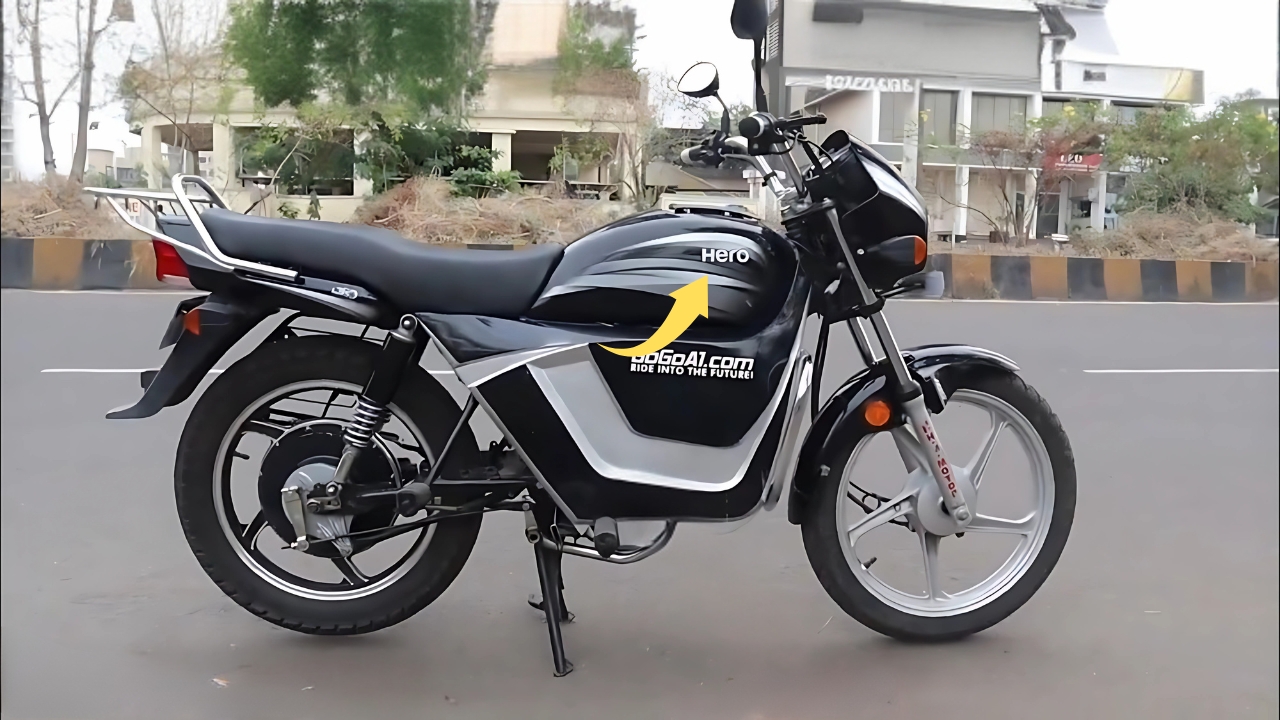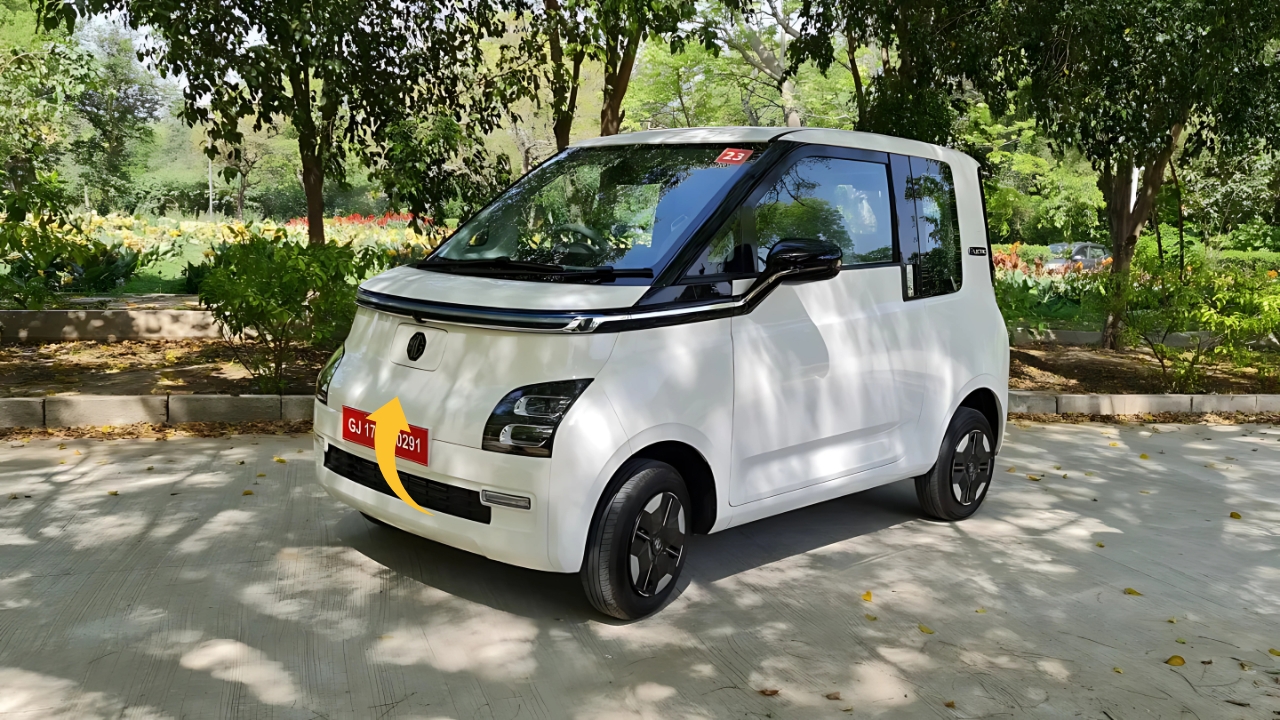Hero Pleasure Plus: The Hero Pleasure Plus is an interesting exercise in strategic product development in the competitive 2-wheeler market in India.
Ever since its launch all the way back in 2005 and later revamping under the Pleasure Plus name in 2019, the scooter has been a unique proposition in the market as a vehicle meant mainly (not exclusively) for female rider.
Through innovative-engineering marketing and progressive evolution, the Pleasure Plus has played a pivotal role in redefining the way Indian women commute in urban and semi-urban India, and orientating products towards better commercial success built on response from women as core target group.
Table of Contents
Hero Pleasure Plus: Thinking Behind the Design: A Blend of Style and Function
And the Pleasure Plus’s language of style suggests a thoughtful inventory of what might be important to its target demographic.
Unlike so many scooters out there, the TVS Pleasure Plus does not project a masculine design language or just a utilitarian approach.
The front apron has gorgeous lines that are not over the top and includes the typical KLIM chrome accents on the front to add some sparkle.
The headlamp unit (which has been upgraded to LED in recent models) has a cool shape and also gives good lighting.
Body panels also utilise more muted, metallic finishes instead of brash graphics to ensure the car has a more grownup look that doesn’t suddenly look old six months into ownership – which is something to congratulate in a quick hatch you could potentially own for years on end.
Ergonomically, the Pleasure Plus combines a few things which would be of most interest to female riders and in the Indian context.
765mm seat height, forward control footboards with generous grip-to-seat reach, and floorboards that allow for multiple seating positions, including the often-favored side-saddle, that many women adopt when wearing traditional Indian dress.
Securing handbags or shopping bags is made simple with the front mounted hook, a nice feature for city errands or commuting.
Arguably most important however is the scooter’s 104kg weight which, as one of the lightest in the segment, is a weight reduction that transforms the handling riders with weaker upper body strength, especially when dealing with urban jungle traffic or tight parking.
Engineering: Making them Easy to Use
The engineering side of the Pleasure Plus is the thoughtful understanding of features that improve accessibility for infrequent or first-time riders.
The 110.9cc single-cylinder motor delivers 8.1bhp and 8.7Nm of torque—modest numbers which have been chosen in favour of a smooth, easy-to-understand power delivery rather than outright power.
Its CVT Transmission makes getting up to go easy, even for first time riders, and takes away the need for shifting.
The integrated starter generator system provides silent, interruption-free starting that won’t give you a jolt from the noisy recoil start found in tranditional 7.0HP units.
Suspension bits, featuring a bottom link front suspension and a spring-loaded hydraulic damper in the back, are tuned for comfort over sporty handling—which is well-suited for city riding styles.
The suspension stroke offers good compliance on bumpy roads, and doesn’t dive too much under braking – ideal for keeping the tyres in contact with the ground at all times.
Real world fuel efficiency is very good since this is the Indian market we’re talking about, you should get about 50-55 km/l.
This efficiency, coupled with the 5L capacity tank, gives one a usable range of over 250+kms before the need to refuel…
ensuring that lady riders (who fairly believe some refueling points are unsafe especially during the night with some of them conveniently located in areas supposedly designed for them ) won’t need to frequent petrol points every five city laps enough is there to encourage more women to measure miles on two wheels!
Finding the Balance: A Sincere Modernization
While the Pleasure Plus may have changed through the years, Hero has added technical advancements that make it a better ownership proposition without making the interface complicated.
The new model also has the company’s convenient i3S (Idle Stop-Start System), which kills the engine when you are stopping at a traffic signal, and then starts it again if you simply dial the throttle—it is supposed to improve fuel economy in city conditions.
A mix of analog-digital unit, the informative cluster offers an analogue tachometer and digitally displayed information including a clock, twin trip meters, fuel gauge, service reminder, and range.
The mobile charging socket housed in under- seat storage compartment recognizes the necessity of smartphone integration to the life of an urbanite of today.
Most recently, Hero have brought in connectivity-increasing features through a Bluetooth-enabled module which links up with smartphones and offers call alerts, turn-by-turn navigational assistance as well as location-based services – and that’s something you want if you’re a rider looking for assurance when exploring new territories.
Market Impact and Social Editorialificance
More than its business success, Pleasure Plus has played a large role in women’s mobility in India. In positioning a vehicle that catered to women’s practical requirements, as well as comfort factors, Hero mainstreamed two-wheeler ownership for women at a time when most manufacturers had regarded women riders as an afterthought.
We see campaigns with big celebrity actresses, like Priyanka Chopra who say “Why should boys have all the fun?” blatantly defied perceptions of mobility and independence as fixed to gender.
This strategy presented buying a scooter not just as a mode of transport, but as a tool to give women personal freedom—a message that struck a cord with a generation of women that were joining the workforce and looking to gain independence.
The effects have been felt in not just the metros but also in smaller towns and semi-urban areas which are areas where the Pleasure Plus has often been the first personal vehicle owned by many women.
This mobility has also increased employment, educational and social opportunities in areas where public transportation is poor or unsafe.
A good question, and it’s true that the Pleasure Plus’ success hasn’t gone unnoticed by rivals, with the likes of TVS (Scooty), Honda (Activa) and Suzuki (Access) working on models with similar positioning.
This competition has forced innovation at an ever-increasing pace throughout the category, providing consumers with ever-better features and increasing value.
Hero has hit back by making the Pleasure Plus more and more upmarket, and now the XTEC version arrives with all the bells and whistles including Bluetooth connectivity, LED projector headlamps, and new colour options.
This transformation keeps the essence of the model alive but comes to meet the changing consumer needs regarding technology and design.
Hurdles ahead In the long term, the gears of the Pleasure Plus will have adjust to India’s now inevitable shift to electric mobility.
Hero’s stakes in Ather Energy, as well as their in-house electric development indicate that an electric version may one day supplement, or replace the current IC model, perhaps being even more polished and cheaper to run than the current model.
Hero Pleasure Plus:
The Her Pleasure Plus shows that strategic focused product development to target certain demographics while hitting the right commercial mark.
By acknowledging and accommodating women’s mobility needs instead of an afterthought, Hero not just made a successful product but a vehicle that has helped drive a significant change in society all over India.
As individual mobility changes, the principles expressed in the Pleasure Plus— accessibility, human-centric design and thoughtful consideration of a wide range of customer needs—serve as useful guideposts for vehicle development in all segments and types of markets.


